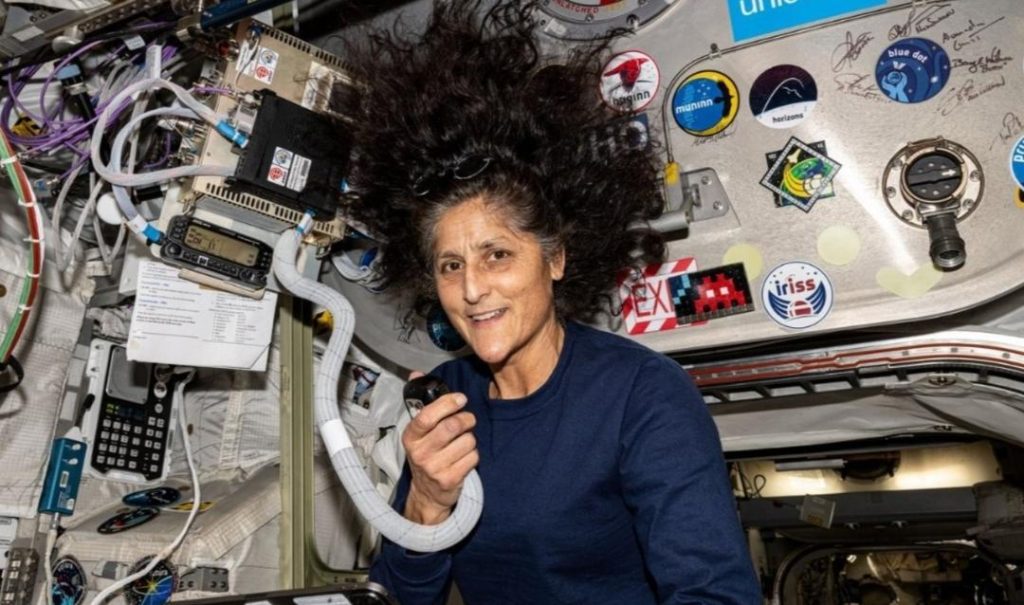
What Scientific Milestones Were Achieved by Williams & Her Team?
The International Space Station (ISS) has been a hub of scientific innovation and discovery since its inception in the late 1990s. Over the years, numerous crew members have contributed to groundbreaking research, pushing the boundaries of human knowledge and understanding. One such crew was the Expedition 61 crew, which consisted of NASA astronauts Nick Hague, Butch Wilmore, Sunita Williams, and cosmonaut Aleksandr Gorbunov. Together, they achieved several significant scientific milestones during their time on the ISS.
Plant-Related Studies
One of the primary focuses of the Expedition 61 crew was plant-related studies. They conducted research on how plants grow in microgravity, which has significant implications for future long-duration space missions. By studying plant growth in space, scientists can gain a better understanding of how to sustain life support systems during extended space travel. The crew also explored the effects of microgravity on plant development, which could lead to new insights into plant biology and potentially improve crop yields on Earth.
Earth Observation
Butch Wilmore, one of the crew members, was responsible for capturing thousands of images of Earth from the ISS. This extensive dataset provides valuable insights into urban growth, climate change, and natural disasters from a unique perspective. By analyzing these images, scientists can better understand the impact of human activities on the environment and monitor changes in the planet’s surface over time.
3D Printing of Implantable Medical Devices
The Expedition 61 crew also tested the feasibility of 3D printing implantable medical devices in microgravity. This innovative approach has the potential to revolutionize the manufacturing process for medical devices, which could lead to improved patient outcomes and reduced costs. By printing devices in space, the crew demonstrated the possibility of producing complex structures that would be difficult or impossible to create on Earth.
Other Scientific Milestones
In addition to these notable achievements, the Expedition 61 crew made significant contributions to various other scientific areas. They conducted research on astronaut health, including the effects of microgravity on the human body and the development of new countermeasures to mitigate these effects. They also tested new technologies and systems designed to improve the safety and efficiency of space travel.
The Expedition 61 crew’s scientific milestones are a testament to the incredible work being done by NASA and its international partners. By pushing the boundaries of human knowledge and understanding, scientists can gain new insights into the universe and improve life on Earth. The achievements of this crew are a reminder of the importance of continued investment in space exploration and research.
Conclusion
The Expedition 61 crew’s scientific milestones are a remarkable achievement, showcasing the incredible work being done by astronauts and cosmonauts on the International Space Station. From plant-related studies to 3D printing of implantable medical devices, this crew has made significant contributions to various scientific areas. As we look to the future of space exploration, it is essential to continue supporting research and innovation, pushing the boundaries of human knowledge and understanding.
Source:






